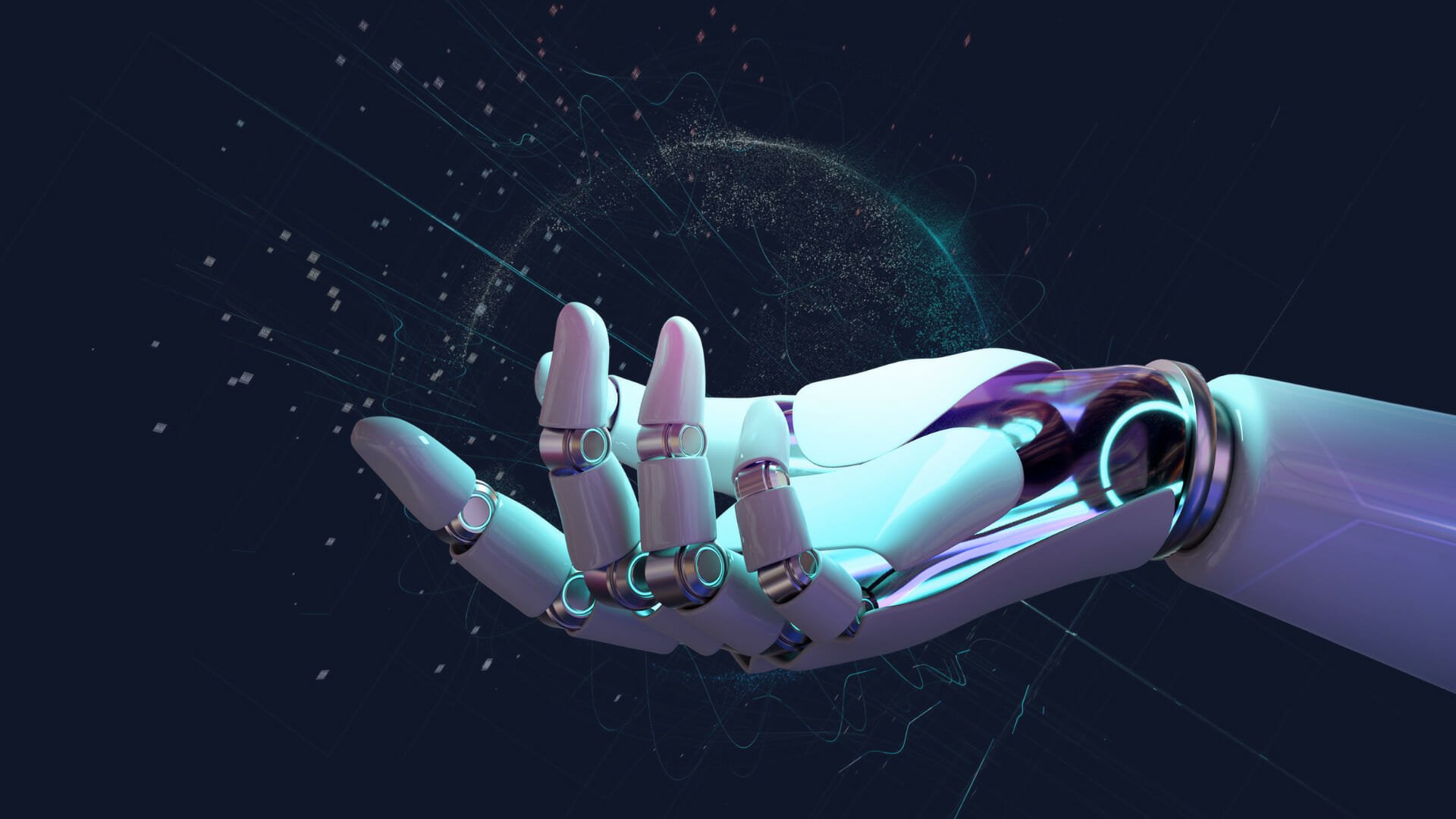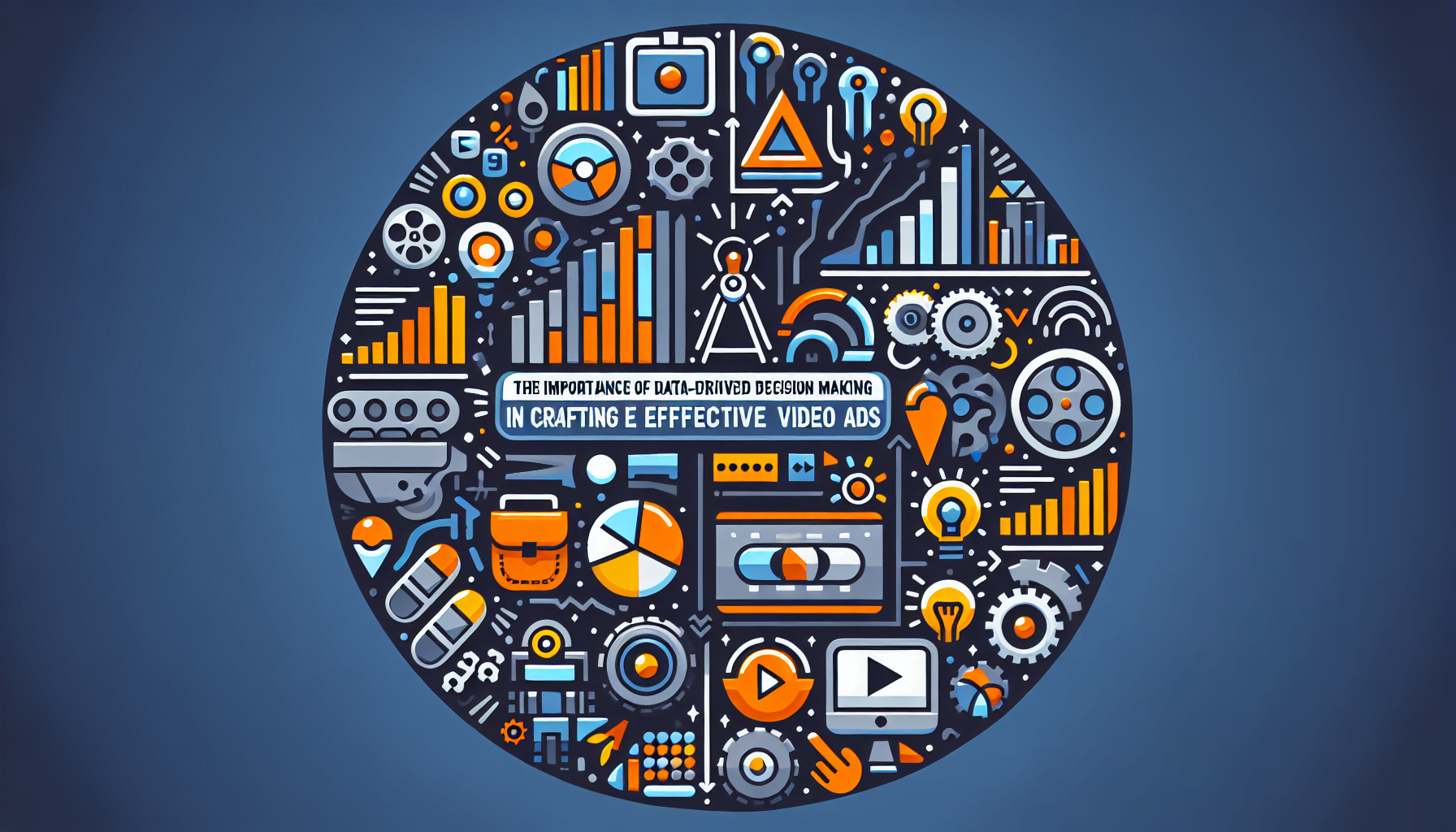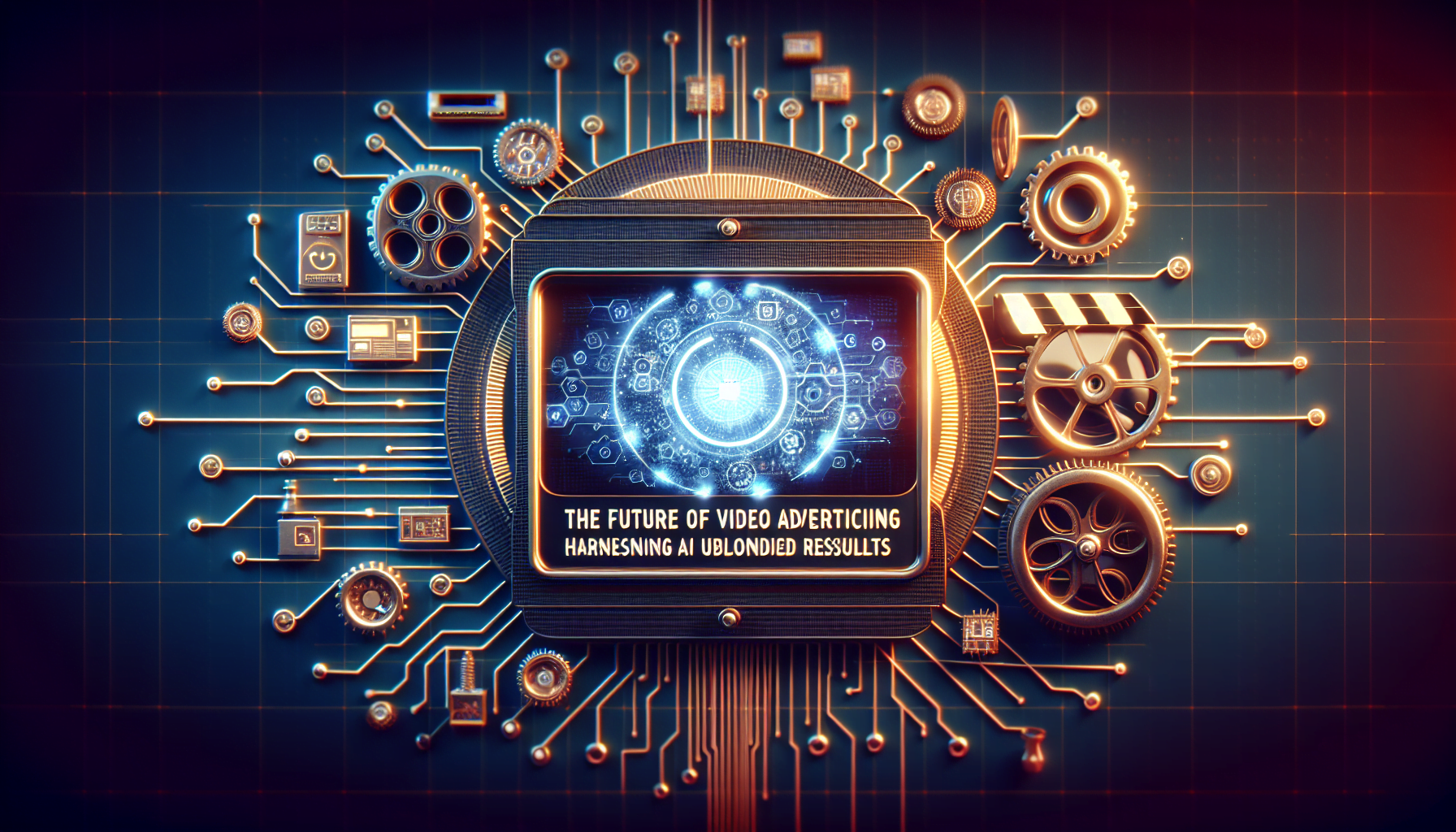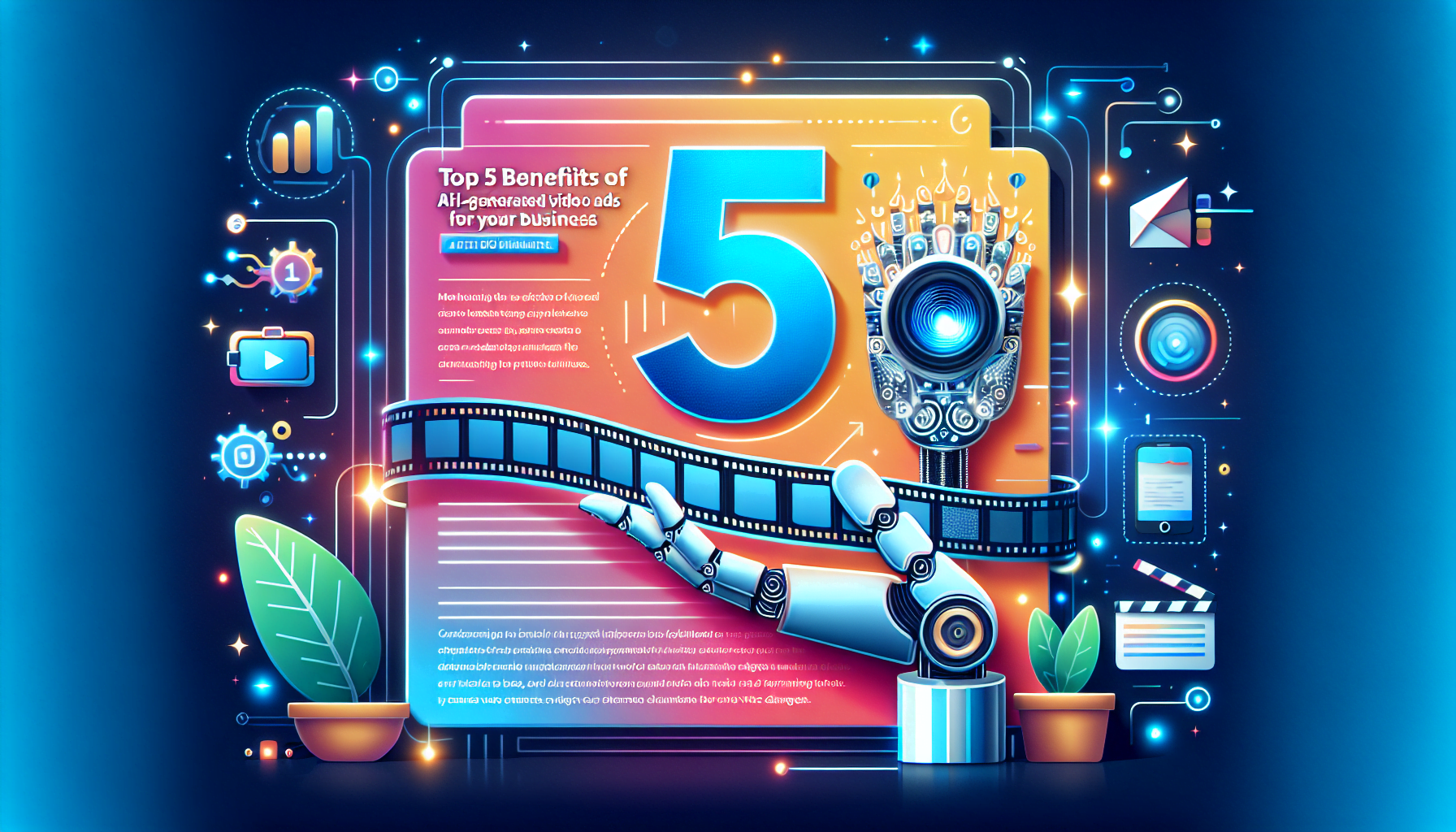Introduction
In the vast landscape of technology, one term that has garnered immense attention and curiosity is AGI, or Artificial General Intelligence. AGI represents the pinnacle of artificial intelligence, embodying a form of intelligence that rivals human cognitive abilities. As we delve into the realm of AGI, it becomes evident that this technological marvel holds the potential to redefine the way we perceive and interact with the world around us.
Defining AGI and its Significance
At its core, AGI is an AI system that possesses the capacity to understand, learn, and apply knowledge across a wide range of tasks, akin to human intelligence. Unlike its narrower counterparts, AGI isn’t constrained to excelling in a singular domain; rather, it can adapt, learn, and excel across a multitude of tasks, bridging the gap between human and machine intelligence. This breakthrough opens the door to unprecedented advancements across various fields.
Evolution of Artificial Intelligence
To fully appreciate AGI’s significance, a glimpse into the evolution of artificial intelligence is essential. Early AI systems, often referred to as narrow AI, were designed for specific tasks and lacked the versatility of human intelligence. However, as technology progressed, AI systems began mimicking human-like abilities such as recognizing patterns, making decisions, and even engaging in natural language interactions. The journey from narrow AI to AGI has been a quest for achieving a level of intelligence that transcends predefined limitations.
Distinguishing AGI from Narrow AI
While narrow AI systems excel within a specific domain, AGI stands as a hallmark of technological advancement due to its ability to perform tasks across a spectrum of domains. Narrow AI is built to perform designated tasks optimally, such as facial recognition or language translation. In contrast, AGI is characterized by its versatility and adaptability, mirroring the comprehensive capabilities of human intelligence.
Characteristics of AGI: Generalized Intelligence and Adaptability
Central to AGI’s allure are its defining characteristics. Generalized intelligence grants AGI the power to solve a wide array of problems without being explicitly programmed for each one. This adaptability allows AGI systems to learn from experience, evolving and improving over time through exposure to new scenarios. The fusion of these traits mirrors human intelligence’s dynamic and versatile nature.
Insights from Cognitive Science and Neuroscience
The foundation of AGI Artificial Intelligence rests upon insights garnered from cognitive science and neuroscience. By understanding how human brains process information, AI researchers gain valuable perspectives for constructing AGI systems that emulate human-like learning, reasoning, and decision-making processes. Insights from these disciplines serve as guiding beacons in the journey to achieve AGI.
Emulating Human-like Learning and Reasoning
AGI’s aspiration to replicate human-like learning and reasoning involves the emulation of neural networks – structures that underpin human cognition. Deep learning algorithms, inspired by neural networks, enable AGI systems to analyze complex data, recognize patterns, and make informed decisions. The evolution of these algorithms marks a critical step toward realizing AGI’s potential.
Neural Networks and Deep Learning in AGI
Neural networks, the fundamental building blocks of AGI Artificial Intelligence, are computational structures composed of interconnected nodes that process and transmit information. Deep learning, an AI subfield, employs neural networks with multiple layers to extract intricate patterns and features from vast datasets. This approach empowers AGI to navigate complex tasks with remarkable accuracy.
Replicating Sensory Perception and Pattern Recognition
Mimicking human-like sensory perception is another milestone on AGI’s path to realization. Advanced algorithms enable AGI systems to recognize images, speech, and even textual content, mirroring human cognitive processes. The fusion of neural networks and deep learning facilitates the ability to perceive and interpret the world, bridging the gap between sensory inputs and intelligent responses.
AGI’s Ability to Excel Across Various Tasks
One of AGI’s remarkable attributes is its cognitive flexibility, which enables it to excel across a spectrum of tasks. Unlike narrow AI that excels in a single domain, AGI can seamlessly transition between various domains, demonstrating adaptability akin to human expertise. This cognitive prowess transforms AGI into a versatile tool with applications spanning diverse sectors.
Adaptive Decision-making and Problem-solving
AGI’s cognitive flexibility extends to its decision-making and problem-solving capabilities. It can analyze complex scenarios, evaluate potential outcomes, and arrive at informed decisions. This adaptability is underpinned by algorithms that integrate data-driven insights, allowing AGI to refine strategies and responses over time.

The Ethical Concerns of AGI Development
As AGI continues to evolve, ethical concerns inevitably arise. The prospect of creating systems that mirror human intelligence sparks discussions about responsibility, accountability, and potential consequences. Addressing these concerns becomes paramount to ensure AGI’s positive impact on society.
Societal Impact and Potential Risks
The development of AGI has far-reaching implications for society. On one hand, AGI’s transformative potential offers solutions to complex problems, from healthcare diagnostics to climate modeling. On the other hand, concerns about job displacement, biases in decision-making, and even the possibility of AGI surpassing human intelligence evoke considerations about its responsible development and deployment.
Hardware and Software Requirements for AGI
Realizing AGI’s potential necessitates advanced hardware and software infrastructure. The complexity of AGI tasks demands powerful processing units capable of handling intricate neural network computations. Simultaneously, software frameworks must facilitate efficient data processing, model training, and result interpretation.
Breakthroughs in Processing Power and Memory
AGI’s evolution has been significantly accelerated by advancements in processing power and memory capabilities. Modern GPUs (Graphics Processing Units) and TPUs (Tensor Processing Units) are engineered to accelerate neural network computations. Furthermore, the development of high-capacity memory systems ensures the storage and retrieval of massive datasets critical for AGI training.
Overcoming Limitations in Data Collection and Analysis
Challenges in AGI development are rooted in data collection and analysis. AGI systems thrive on vast and diverse datasets to refine their understanding and decision-making abilities. However, obtaining high-quality and representative datasets can be arduous, necessitating innovative methods for data curation and synthesis.
Ensuring Safety and Avoiding Catastrophic Outcomes
AGI’s potential is juxtaposed with the need to ensure its safety. The concept of ‘Friendly AI’ – AGI systems that prioritize human well-being – emerges as a crucial consideration. Researchers are actively working to design protocols and mechanisms that prevent AGI systems from exhibiting behaviors that could lead to unintended consequences or catastrophic outcomes.
Reinforcement Learning and Its Role in AGI
Reinforcement learning, a subset of machine learning, plays a pivotal role in AGI’s development. This learning paradigm involves agents interacting with an environment to maximize rewards. By iteratively learning from trial and error, AGI systems adapt and evolve to accomplish diverse tasks with increasing efficiency.
Unsupervised Learning for Autonomous Knowledge Acquisition
Unsupervised learning is another cornerstone of AGI development. This learning approach involves training AGI systems on unlabeled data, allowing them to autonomously identify patterns, relationships, and structures within the information. Unsupervised learning equips AGI systems with the ability to acquire knowledge without explicit human intervention.
Natural Language Processing for Seamless Communication
Human-AGI interaction hinges on effective communication. Natural Language Processing (NLP) empowers AGI systems to understand and generate human language. This breakthrough enables seamless communication between humans and AGI, fostering collaboration, information exchange, and problem-solving.
Collaborative Potential Between Humans and AGI
The synergy between humans and AGI unlocks new dimensions of innovation and problem-solving. AGI systems possess the capacity to process vast datasets and analyze complex scenarios, while humans contribute nuanced reasoning, intuition, and ethical judgment. This collaborative approach amplifies the impact of AGI in diverse domains.
Transformative Effects on Industries and Labor Markets
AGI’s integration into industries is poised to revolutionize traditional processes. Automation of tasks, predictive analytics, and enhanced decision-making are reshaping industries ranging from manufacturing to finance. As labor markets evolve, reskilling and upskilling become essential for preparing the workforce for an AGI-driven future.
Reskilling the Workforce for an AGI-Driven World
The advent of AGI necessitates a paradigm shift in workforce training and development. As routine tasks become automated, the demand for skills emphasizing creativity, critical thinking, and emotional intelligence grows. Educational institutions and businesses must collaborate to reskill and empower individuals for roles that demand uniquely human attributes.
International Perspectives on AGI Regulations
The global nature of AGI development calls for international collaboration in establishing regulatory frameworks. Diverse perspectives on ethics, safety, and governance influence the creation of guidelines that ensure AGI’s responsible development. These regulations seek to strike a balance between innovation and safeguarding societal interests.
The Role of Governments in Guiding AGI Artificial Intelligence Development
Governments play a critical role in shaping AGI’s trajectory. Their involvement spans regulatory oversight, funding research initiatives, and promoting ethical guidelines. Collaborative efforts between governments, researchers, and private sectors are essential to harness AGI’s potential for societal benefit.
AGI as a Tool for Scientific Discovery and Invention
AGI’s capabilities extend beyond routine tasks to fostering scientific discovery and innovation. Its ability to process and analyze vast datasets accelerates breakthroughs in fields such as medicine, materials science, and environmental research. AGI serves as a powerful ally in unraveling complex scientific puzzles.
Expanding Human Capabilities Through AGI-Driven Insights
AGI augments human intellect by providing insights beyond human cognitive limits. Its capacity to process intricate patterns and correlations enhances decision-making processes. AGI-driven insights equip researchers, analysts, and decision-makers with deeper understanding and foresight.
AGI’s Contributions to Various Fields of Study
AGI’s influence spans diverse academic disciplines. From economics to linguistics, AGI contributes insights that reshape traditional research paradigms. Collaborative projects harness AGI’s analytical prowess to explore uncharted territories and uncover new layers of knowledge.

Collaborative Projects and Interdisciplinary Research
Interdisciplinary collaboration finds a perfect ally in AGI. Researchers from various fields converge to tackle multifaceted challenges, leveraging AGI’s adaptive learning and reasoning to bridge gaps between domains. This collaborative synergy enriches the quality and depth of research outcomes.
Revolutionizing Medical Diagnostics and Treatments
AGI’s imprint on healthcare is transformative. Its data analysis capabilities expedite accurate medical diagnoses, aiding clinicians in identifying conditions at earlier stages. Furthermore, AGI-driven insights fuel the development of personalized treatments, enhancing patient outcomes and revolutionizing healthcare practices.
Ethical Considerations in AI-Assisted Healthcare
The integration of AGI into healthcare sparks ethical considerations. Privacy concerns, data security, and the responsible use of patient information underscore the importance of comprehensive regulations. Ensuring that AGI-driven healthcare upholds patient trust and aligns with ethical standards is paramount.
Enhancing Space Missions Through Autonomous Systems
AGI’s applications extend beyond Earth’s boundaries. In space exploration, AGI-driven autonomous systems navigate complex tasks such as data analysis, decision-making, and resource management. AGI’s role in space missions minimizes human intervention while maximizing mission efficiency.
AGI’s Role in Data Analysis and Decision-making for Exploration
Space exploration generates an overwhelming volume of data. AGI’s prowess in data analysis allows it to discern patterns, anomalies, and scientific insights from these datasets. In scenarios where rapid decisions are crucial, AGI’s autonomous decision-making augments the effectiveness of space missions.
Predictive Analytics and Risk Assessment Using AGI Artificial Intelligence
Business and finance benefit from AGI’s predictive capabilities. AGI processes historical and real-time data to forecast market trends, assess risks, and optimize investment strategies. This data-driven approach enhances decision-making and augments financial outcomes.
Enhancing Customer Experiences Through Personalized AI
AGI transforms customer experiences by personalizing interactions. AGI-driven systems analyze consumer behavior, preferences, and feedback to tailor product recommendations, customer support, and marketing campaigns. This level of personalization fosters customer loyalty and elevates brand engagement.
AI-Generated Art, Music, and Literature
AGI’s entry into the realm of creativity is a testament to its adaptive nature. AI-generated art, music, and literature challenge traditional notions of human creativity. These creations evoke discussions about the definition of art, the boundaries of creativity, and the role of AI in shaping culture.
Redefining the Boundaries of Human Creativity
AGI’s contributions to creative domains inspire contemplation about the interplay between human ingenuity and machine-generated creations. By expanding the spectrum of artistic expressions, AGI sparks dialogue on the nature of creativity and the fusion of human and artificial intelligence.
Frequently Asked Questions
- What is AGI and how is it different from other types of AI? AGI encompasses a level of intelligence that transcends narrow AI, enabling versatile performance across tasks and domains.
- What are the key characteristics of AGI? AGI is characterized by generalized intelligence, adaptability, and the ability to learn and reason across diverse scenarios.
- How does AGI mimic human intelligence and learning? AGI’s architecture mirrors human neural networks, enabling deep learning and pattern recognition akin to human cognition.
- What ethical concerns are associated with AGI development? Ethical concerns encompass issues of safety, control, bias, and the potential for AGI to surpass human intelligence.
- What technological advancements have enabled progress in AGI? Advancements in processing power, memory, and algorithms have expedited AGI’s evolution.
- What challenges are researchers facing in developing AGI? Challenges include data limitations, safety precautions, and avoiding unintended consequences.
- How do learning paradigms like reinforcement learning contribute to AGI? Reinforcement learning enables AGI to learn from trial and error, refining strategies and decision-making.
- How will AGI impact job markets and the economy? AGI’s integration will reshape industries, requiring workforce reskilling and adaptation to new roles.
- What regulations and governance frameworks are being considered for AGI? International collaborations aim to establish guidelines for AGI development, focusing on safety and ethics.
- How might AGI enhance research and scientific endeavors? AGI expedites data analysis, pattern recognition, and hypothesis testing, accelerating scientific discoveries.
- What are the potential applications of AGI in healthcare? AGI revolutionizes medical diagnostics, personalized treatments, and healthcare decision-making.
- How can AGI contribute to space exploration efforts? AGI-driven autonomous systems enhance data analysis and decision-making in space missions.
- How does AGI influence business strategies and financial decision-making? AGI offers predictive analytics and risk assessment, optimizing business outcomes and investment decisions.
- Can AGI truly replicate human creativity in fields like art and music? AI-generated art and music challenge traditional definitions





